Training Your Team to Replace Costly Agencies

Did you know that regional businesses can save up to $500,000 a year by replacing external vendors with empowered internal teams? Many companies rely heavily on agencies, not realizing how much this affects both their budget and operational control. Shifting critical functions in-house streamlines costs, unlocks new skills, and gives your team lasting independence from unpredictable vendor relationships.
Table of Contents
- Defining Team-Led Vendor Replacement Strategies
- Common Types of Vendor Dependencies to Address
- Key Steps for Building Internal Capabilities
- Financial Impact and Cost-Savings Breakdown
- Pitfalls of Agency Dependence and How to Avoid Them
- Real-World Success Stories from Regional Businesses
Key Takeaways
| Point | Details |
|---|---|
| Empower Internal Teams | Focus on replacing external vendors by building internal capabilities through skill mapping and targeted training programs. |
| Identify Costly Dependencies | Analyze vendor relationships to prioritize functions with significant agency spending and lower complexity for internal management. |
| Mitigate Operational Risks | Recognize different types of vendor dependencies to reduce risks related to strategic, operational, technical, and creative functions. |
| Drive Financial Efficiency | Systematically replacing vendors can yield substantial savings, typically between $200K-$500K annually, while enhancing organizational agility. |
Defining Team-Led Vendor Replacement Strategies
Vendor replacement isn’t about cutting staff—it’s about empowering your internal team to take back control from expensive external agencies. According to research from team optimization studies, successful replacement strategies focus on strategic skill integration and systematic capability building, not wholesale outsourcing.
The core of effective team-led vendor replacement involves three critical steps: comprehensive skill mapping, targeted training programs, and phased implementation. Our vendor replacement framework highlights that businesses spending $50K-$150K monthly on agencies can systematically reduce external dependencies by identifying which functions can be efficiently managed internally.
Your replacement strategy should prioritize functions with the highest cost-to-complexity ratio. Key characteristics of functions ripe for internal takeover include:
- Repetitive tasks with clear, documented processes
- High monthly agency spend ($10K-$35K per function)
- Skills that can be taught within 60-90 days
- Low regulatory complexity
- Predictable deliverable standards
As research indicates, successful team member replacement requires carefully selecting candidates who not only possess technical skills but can also seamlessly integrate into existing team structures. This means looking beyond pure technical capability and considering cultural alignment, adaptability, and long-term potential.
Common Types of Vendor Dependencies to Address
Vendor dependencies are more than just financial transactions—they’re complex relationships that can significantly impact your business’s operational efficiency. According to research from agile project management studies, chain dependencies create critical bottlenecks where the completion of internal tasks becomes entirely contingent on external vendor performance.
Four primary types of vendor dependencies emerge as particularly challenging for regional businesses spending $50K-$150K monthly on external services:
Here’s a summary of the four main types of vendor dependencies:
| Dependency Type | Definition | Primary Risks |
|---|---|---|
| Strategic | Consulting and insights driving key decisions | Loss of strategic direction Decision bottlenecks |
| Operational | Routine outsourced processes | Delays in core tasks Quality inconsistency |
| Technical | Technology or specialized implementation | System outages Reliance on niche skills |
| Creative | Design, marketing, content creation | Brand inconsistency Slow innovation |
- Strategic Dependencies: High-level consulting relationships where vendor insights drive critical business decisions
- Operational Dependencies: Routine tasks and processes completely outsourced to external providers
- Technical Dependencies: Specialized technology or implementation services requiring specific vendor expertise
- Creative Dependencies: Design, marketing, and content creation services that define brand representation
As research from project management experts indicates, these dependencies introduce substantial organizational risks. When project tasks become contingent on external providers’ performance, businesses face potential delays, quality inconsistencies, and unpredictable outcomes. Our vendor audit guide provides a comprehensive framework for identifying and mitigating these complex interdependencies, helping businesses systematically reduce external service reliance.
The key is recognizing that vendor dependency isn’t just about cost—it’s about control. By understanding these dependency types, businesses can strategically rebuild internal capabilities, reduce external risks, and transform vendor relationships from critical dependencies into optional support mechanisms.
Key Steps for Building Internal Capabilities
Building internal capabilities is more than just hiring new talent—it’s about systematically transforming your existing team into a self-sufficient powerhouse that can replace costly external vendors. Capability building requires a strategic approach that goes beyond traditional training, focusing on comprehensive skill development and organizational empowerment.
The most effective internal capability development follows a structured methodology:
- Skills Mapping: Conduct a detailed assessment of current team capabilities and identify critical skill gaps
- Targeted Training: Design custom learning programs that directly address vendor-replacement objectives
- Incremental Implementation: Gradually transfer responsibilities from external vendors to internal teams
- Performance Tracking: Establish clear metrics to measure internal team progress and effectiveness
Our owner-led AI adoption tips highlight that successful capability building isn’t about wholesale replacement, but strategic skill enhancement. Regional businesses spending $50K-$150K monthly on external services can dramatically reduce costs by investing in their team’s core competencies.
The ultimate goal is creating an adaptive, resilient team that views vendor dependencies as temporary solutions rather than permanent necessities. By focusing on continuous learning, cross-functional skill development, and a culture of internal innovation, businesses can transform their approach from vendor-reliant to vendor-optional.

Financial Impact and Cost-Savings Breakdown
Reducing vendor dependencies isn’t just a strategic goal—it’s a direct path to significant financial optimization. Cost transformation for regional businesses spending $50K-$150K monthly on external services represents a substantial opportunity to reclaim operational budget and improve overall financial efficiency.
A comprehensive cost-savings analysis reveals multiple financial benefits of replacing external agencies with internal capabilities:
- Direct Cost Reduction: 30-40% immediate savings on vendor contracts
- Hidden Cost Elimination: Removing intermediary management and communication overhead
- Long-Term Financial Optimization: Building sustainable internal skills that continue generating value
- Risk Mitigation: Reducing financial exposure from unpredictable external service relationships
The hidden costs of agency relationships demonstrate that businesses often underestimate the true financial impact of external dependencies. According to research on external business partnerships, reliance on external providers can lead to unexpected cost escalations and potential service interruptions.
The financial calculus is straightforward: businesses can typically save $200K-$500K annually by systematically replacing vendor dependencies with empowered internal teams. This isn’t about cutting resources—it’s about reallocating investments from external services to internal capability building, creating a more agile, cost-effective organizational structure that directly serves your core business objectives.
Pitfalls of Agency Dependence and How to Avoid Them
Agency dependence isn’t just a financial drain—it’s a strategic quicksand that slowly erodes your business’s operational autonomy and competitive potential. Chain dependencies create intricate webs of complexity where your business becomes increasingly reliant on external providers, sacrificing control and adaptability.
The most critical pitfalls of agency relationships include:
- Strategic Paralysis: Losing the ability to make rapid, independent decisions
- Knowledge Erosion: Allowing critical skills to remain outside your organization
- Budget Volatility: Experiencing unpredictable cost escalations
- Innovation Suppression: Limiting internal team’s creative problem-solving capabilities
Are you overpaying for work your team could own? The research on external business dependencies reveals that many organizations unknowingly create intricate dependency cycles that hinder their operational efficiency. According to workflow optimization studies, chain dependencies where tasks sequentially rely on vendor deliverables can cause substantial organizational delays and performance bottlenecks.
Breaking free requires a deliberate, strategic approach. Regional businesses spending $50K-$150K monthly on external services must systematically deconstruct these dependencies, reimagining vendor relationships as temporary bridges toward complete internal capability. The goal isn’t eliminating external support entirely, but transforming it from a crutch to an occasional, strategic resource.
Real-World Success Stories from Regional Businesses
Regional businesses aren’t just theories—they’re living proof that vendor dependency can be systematically dismantled. Strategic transformation isn’t a distant dream, but a tangible reality for Midwest and Southeast companies willing to invest in their internal capabilities.
Consider three compelling case studies of businesses that successfully replaced costly external agencies:
- Manufacturing Solutions Inc.: Reduced $125K monthly marketing agency spend by 37% through internal team upskilling
- Heartland Distribution: Eliminated $85K quarterly consulting fees by developing internal strategic planning capabilities
- Regional Retail Group: Cut creative agency costs by $210K annually by implementing AI-enabled design workflows
How to in-house functions in 90 days reveals the pragmatic approach these businesses took. Research into vendor-supplied maintenance underscores that proactive dependency management can lead to more resilient organizational processes, with businesses typically seeing $200K-$500K in annual savings.
These success stories share a common blueprint: strategic skill mapping, targeted training, and a commitment to gradually transferring capabilities from external vendors to internal teams. The result isn’t just cost savings—it’s building organizational muscle that turns vendor dependency from a necessity into an optional, strategic choice.
Cut Your Outsourcing Costs 40 Percent by Training Your Team to Replace Costly Agencies
If your regional business is spending $50K to $150K each month on expensive agencies and consultants across marketing, technology, and operations you are likely facing frustration managing these vendor dependencies. You didn’t start your business to manage vendors or wrestle with outsourcing complexity. The good news is you can take back control, empower your internal team to own critical functions, and save $200K to $500K annually.
At Average Robot we specialize in helping Midwest and Southeast companies with $40-$75M in revenue reduce total outsourcing costs by 30 to 40 percent. We replace the top vendor categories draining your budget including marketing agencies, technology partners, and business consultants. Our process starts with a free Vendor Dependency Assessment that maps your spend and pinpoints quick wins your team can capture in 90 days. Then we guide you through practical steps to train your team and build internal capabilities so you spend less on vendors and more time focused on what you love.
Ready to break free from costly agencies and reboot your internal capability? Schedule your complimentary Vendor Dependency Assessment today at Average Robot and discover how to start your vendor replacement journey with clear savings and a plan to in-house what you outsource.
Frequently Asked Questions
How can I effectively train my team to replace external agencies?
To effectively train your team, start with comprehensive skill mapping to identify gaps, then create targeted training programs that focus on essential skills required for each function. Incremental implementation will allow for a gradual transition and performance tracking will help measure effectiveness.
What types of vendor dependencies should I focus on replacing?
Focus on vendor dependencies that have high operational costs and low complexity, such as routine operational tasks, creative functions, and technical support. These areas often yield the greatest benefits when transitioned in-house.
What are the financial benefits of replacing costly agencies with internal teams?
Replacing costly agencies with internal capabilities can lead to direct cost reductions of 30-40%, eliminate hidden costs associated with external management, and provide long-term financial benefits through skill development and risk mitigation.
How long does it typically take to build internal capabilities to replace external vendors?
Building internal capabilities can take approximately 60-90 days for training and skill development, allowing your team to effectively manage functions previously handled by external agencies, depending on the complexity of the skills required.




